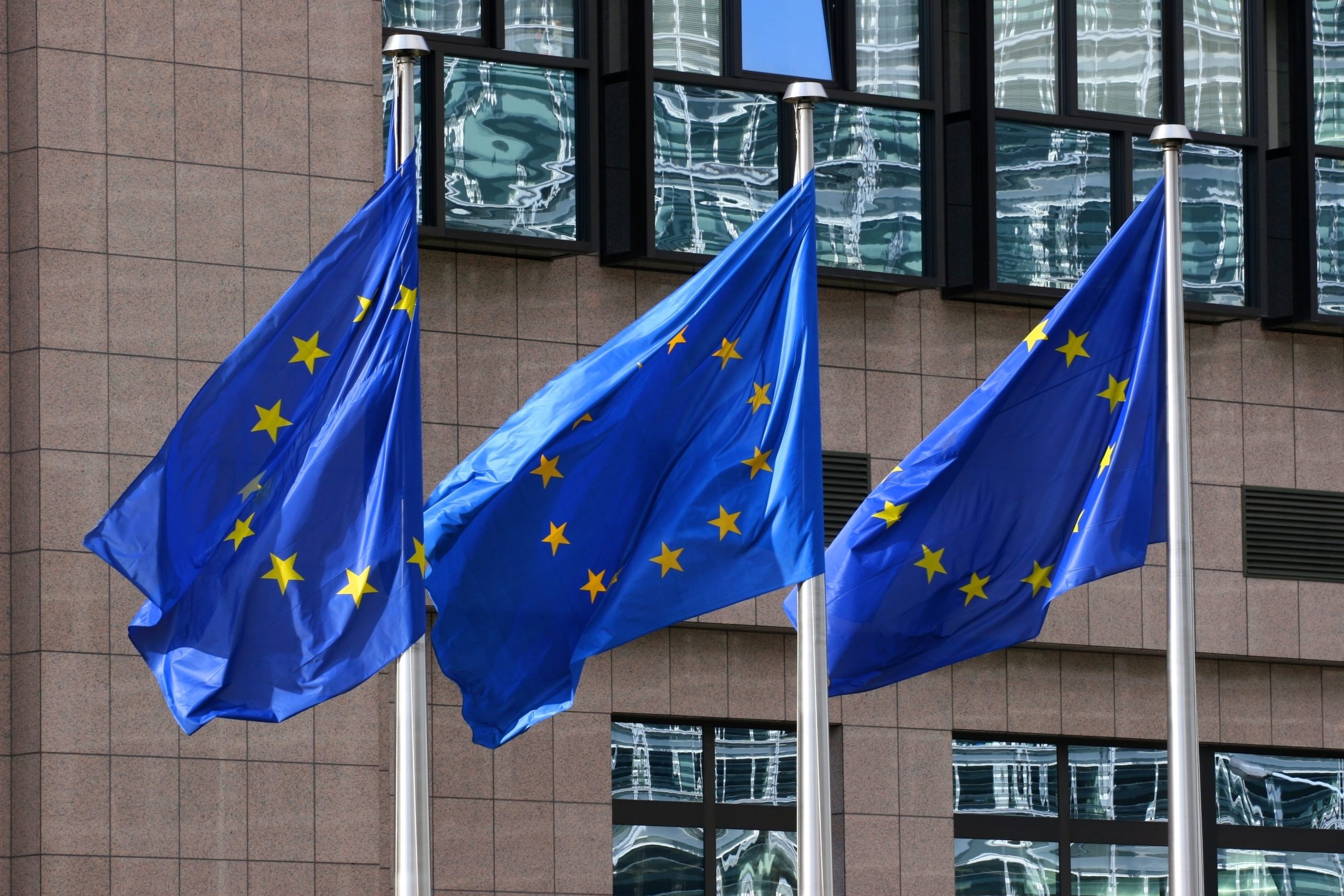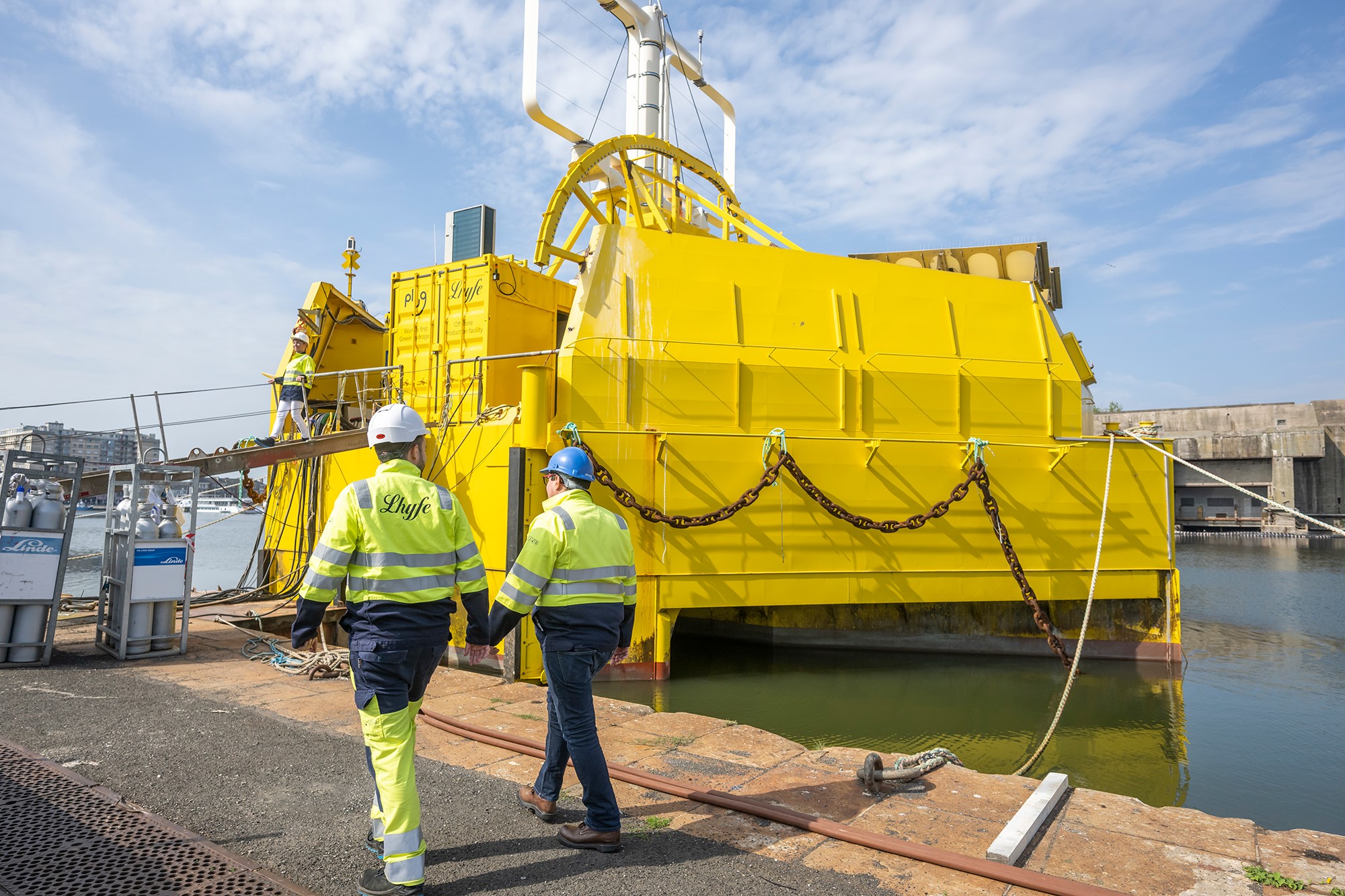Meeting Paris Agreement Targets: 94% of Hydrogen Production From Renewables

Ahead of the annual publication of the World Energy Transitions Outlook 2023: 1.5°C Pathway report, Irena has stated that 94% of all hydrogen would need to come from renewable energy if the sector meets the commitment to the Paris Agreement.
Alongside the 94% of hydrogen needed to be produced from renewables, 14% of the world’s final energy consumption would need to come from hydrogen to limit temperature rises to 1.5°C.
Equating to 518 million tonnes of clean H2 being produced and consumed each year by 2050, there are further requirements to install 5,722GW of electrolysers, Irena explains in a 24-page preview ahead of the annual World Energy Transitions Outlook report.
To follow this trajectory, 2030 targets from the report suggest 21.4 million tonnes of clean H2 would be required, supported by 233GW of electrolysers, in the 1.5°C scenario. Only about 0.5GW of electrolysers have been installed to date.
The energy transition is well off-track
The preview of the report eluded to the key messages that the main report finds. The first is that the energy transition is off-track. The aftermath of the COVID-19 pandemic and the ripple effects of the Ukraine crisis has further compounded the challenges facing the transition.
The report added: “The stakes could not be higher – every fraction of a degree in global temperature change can trigger significant and far-reaching consequences on natural systems, human societies and economies.”
Achieving the necessary course correction in the energy transition will require bold, transformative measures that reflect the urgency of the present situation. Current pledges and plans fall well short of IRENA’s 1.5°C pathway and will result in an emissions gap of 16 gigatonnes (Gt) in 2050.
Nationally Determined Contributions (NDCs), long-term low greenhouse gas emission development strategies (LT-LEDs) and net-zero targets, if fully implemented, could reduce CO2 emissions by 6% by 2030 and 56% by 2050, compared to 2022 levels.
However, most climate pledges are yet to be translated into detailed national strategies and plans, implemented through policies and regulations, or supported with sufficient funding.
Emissions gap is projected to reach 35 Gt by 2050
According to IRENA’s Planned Energy Scenario, the emissions gap is projected to reach 35 Gt by 2050, underscoring the urgent need for comprehensive action to accelerate the transition.
Although global investment across all energy transition technologies reached a record high of USD 1.3 trillion in 2022, the annual investment must more than quadruple to remain on the 1.5°C pathway.
A cumulative USD 150 trillion is required to realise the 1.5°C target by 2050, averaging over USD 5 trillion in annual terms. Compared with the Planned Energy Scenario – under which a cumulative investment of USD 103 trillion is required – an additional USD 47 trillion in cumulative investment is required by 2050 to remain on the 1.5°C pathway.
Around USD 1 trillion of annual investments in fossil fuel-based technologies currently envisaged in the Planned Energy Scenario must therefore be redirected towards energy transition technologies and infrastructure.
Cumulative investments between now and 2030 need to total USD 44 trillion, with energy transition technologies representing 80% of the investment, or USD 35 trillion. Total cumulative energy sector investments in the Planned Energy Scenario until 2030 are USD 29 trillion.
An additional cumulative investment of USD 15 trillion – or an average annual investment of USD 1.9 billion – would be needed in the 1.5°C Scenario until 2030. Furthermore, a change in the volume and type of investments is required under the 1.5°C Scenario to prioritise the energy transition and set the stage for a dramatic decrease in the fossil fuel share by 2050.

